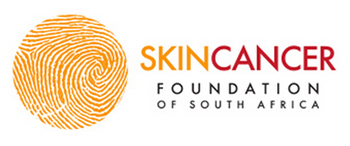Rosacea
Rosacea is a common, chronic but treatable condition that typically affects the central third of the face. It often begins with a tendency to blush or flush more easily than other people. It tends to affect fair skinned individuals more.
What does it look like?
There are Four Subtypes of Rosacea
- Erythemato telangiectatic – flushing and persistent redness.
- Papulopustular—persistent redness with bumps or pimples.
- Phymatous—skin thickening and enlargement usually around the nose.
- Ocular—irritation and stinging of the eyes resulting in watery and/or bloodshot appearance.
Many patients will experience features of more than one subtype at the same time, and those often may develop in succession.
What causes Rosacea ?
The underlying cause(s) of Rosacea are unclear but involve blood vessel factors such as increased blood flow, increased tissue fluid and interaction with the nervous system via flushing.
Much more is known about what triggers Rosacea, the most common being sun exposure, emotional stress, hot or windy weather. Certain food, beverages, medicines and skin care products may also have a negative effect.
How is Rosacea treated?
The treatment is tailored for each individual as the signs and symptoms of Rosacea vary from one patient to another.
Rosacea Treatment Therapy Combines:
- Consistent use of a broad spectrum sunscreen and a gentle skin care routine , using non irritating skin care products recommended by the doctor
- Topical antibiotics and anti-inflammatories
- Mild and/or medicated cleansers
- Oral antibiotics (used for their anti-inflammatory properties)
- Pulsed dye lasers and intense pulsed light devices (targeting persistent redness and blood vessels) when appropriate
Avoiding lifestyle and environmental factors that trigger Rosacea flare ups eg. Sun exposure, stress, hot weather or hot baths, spicy food and alcohol amongst others may also help.

